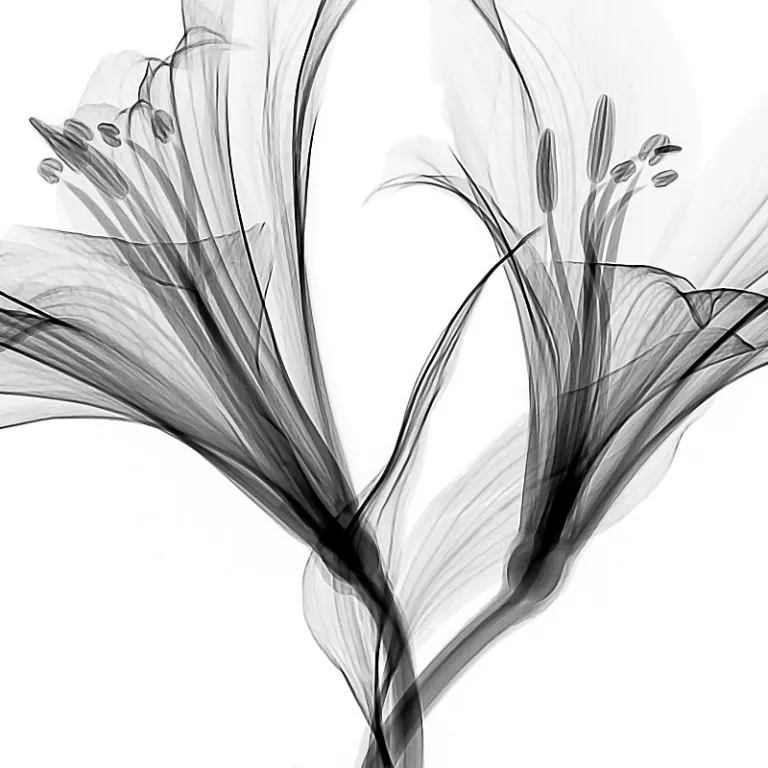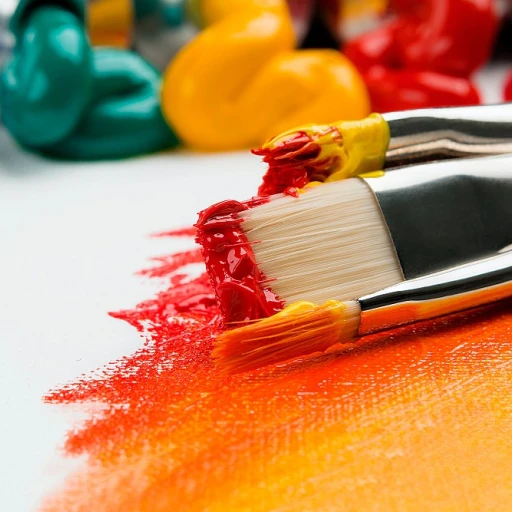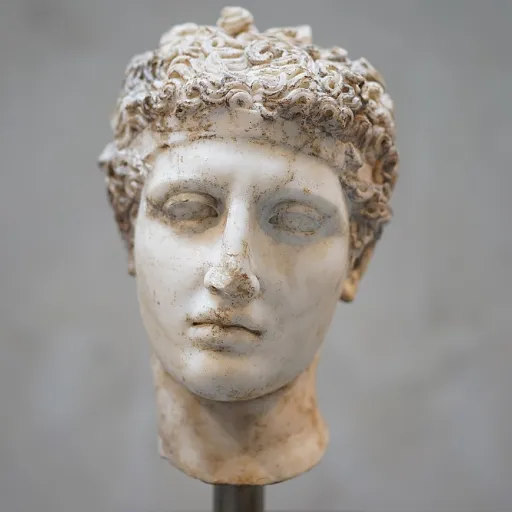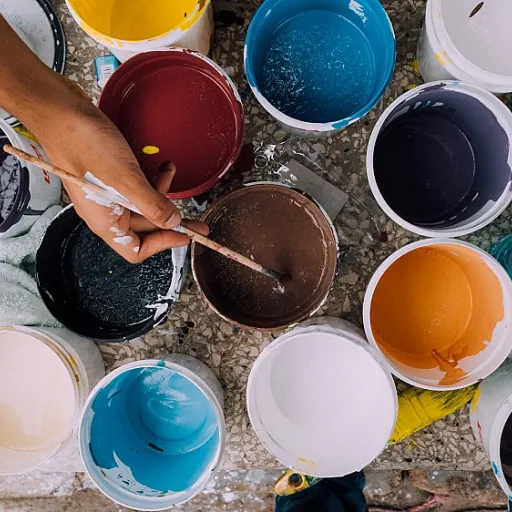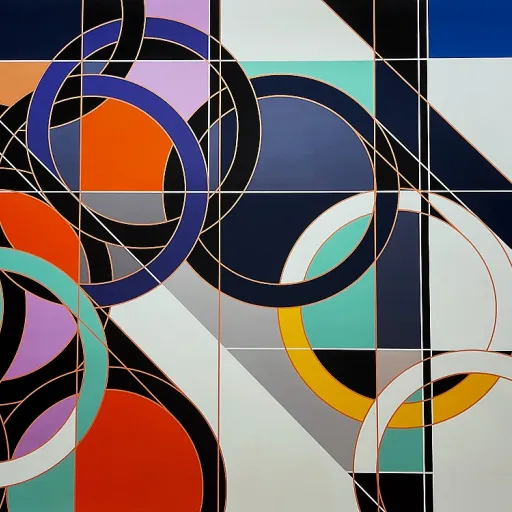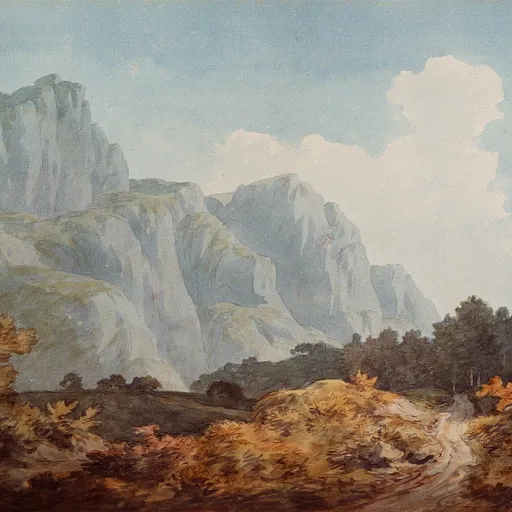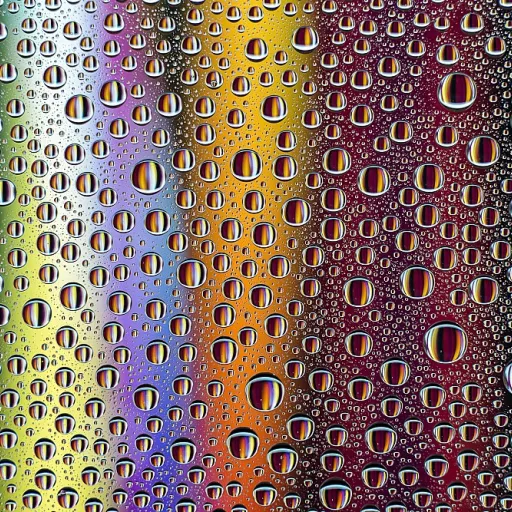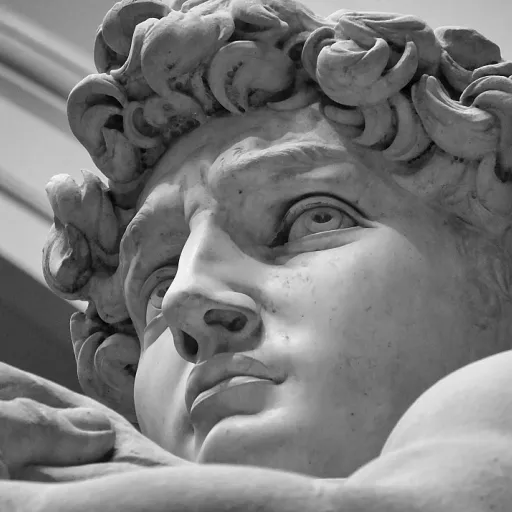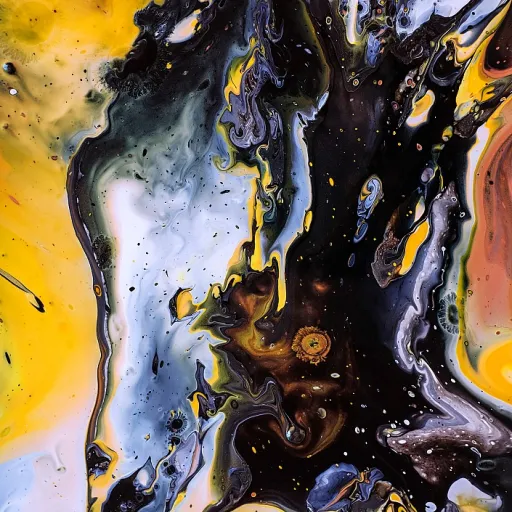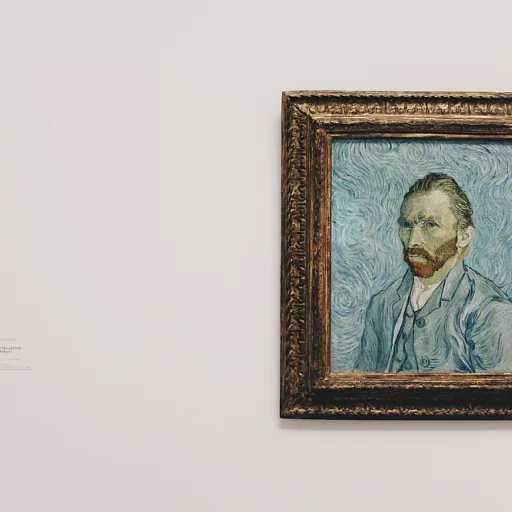-teaser.webp)
The Historical Significance of Egyptian God Statues
Unveiling the Timeless Heritage of Egyptian Gods through Sculptures
The profound legacy of ancient Egyptian civilization is artfully immortalized in sculptural art, with statues of Egyptian gods serving as revered symbols of this rich heritage. These artistic masterpieces are more than mere decorative artifacts; they are a testament to the spirituality, culture, and social hierarchy of ancient Egypt. Egyptian god statues, such as those of Anubis and Bastet, remain captivating for their spiritual significance. Anubis, often depicted as a jackal-headed figure, was one of Egypt's most eminent deities, symbolizing protection and the afterlife. The iconic Bastet, revered as a cat goddess, exemplifies a completely different facet of spirituality, associated with home protection and maternal rites. Similarly, the goddess Isis is celebrated for embodying fertility and magic, her statues reflecting her nurturing and protective attributes. Ancient Egyptians highly revered these statues, embedding them deeply within rituals and daily life. The craftsmanship in each god statue reflects the intricate artistry typical of the era, utilizing materials like precious metals and stones. Each piece is not just a statue but a sacred relic that offers a glimpse into the beliefs and technological advancements of the time. For history enthusiasts and art collectors alike, Egyptian god statues are invaluable additions to any collection. Their price is determined not only by the artistic finesse and rarity but also by the rich history encapsulated within each unit. As these statues transition from marketplaces to prestigious museum exhibitions, the essence of ancient Egypt is kept alive, transcending time and borders. For those interested in immersing themselves in the extraordinary allure of these ancient treasures, further exploration into the captivating world of ancient Egyptian deities in sculpture offers invaluable insights and guidance.Craftsmanship and Materials in Egyptian Sculptures
Exquisite Craft in Egyptian Sculptures
The art of creating Egyptian god statues is one that embodies a marvelous blend of history and skill. Ancient Egyptians mastered the use of a variety of materials, each chosen for its unique properties and symbolism. From the lustrous sheen of gold and the earthy tones of clay, to the enduring resilience of limestone and granite, these materials conveyed both the earthly and divine essence of the gods they represented. The selection of materials was not arbitrary; each selection contributed to the reverence bestowed upon the statues. These sculptures weren’t just crafted with an artistic flair; they demonstrated the profound technical abilities of ancient artisans. The precise chiseling and detailed carving that brought the figures of gods such as Anubis, Bastet, and Isis to life are testament to the sophisticated methods and tools employed. Often, jewel-encrusted elements were incorporated, enhancing their luxurious appeal and signifying the divine beauty and power that these deities symbolized. Modern enthusiasts and collectors of Egyptian god statues continue to value these sculptures for their intricate craftsmanship and historical allure. However, it’s essential to appreciate the full extent of the skill involved in creating these works. For a deeper understanding of the materials used in revered historical pieces, exploring the materials behind the Dionysus cup by Exekias can offer valuable insights. These works of art continue to command significant interest within both the collecting sphere and the broader luxury art market. The meticulous nature of their craftsmanship ensures that Egyptian god statues remain highly desirable for those seeking to enrich their collection with pieces of profound historical and aesthetic significance.Iconography and Symbolism in Egyptian Deities
Captivating Symbolism and Timeless Iconography
Ancient Egyptian sculptures enthrall with their profound iconography and symbolism, demonstrating a wisdom that transcends millennia. Each god statue—be it of Anubis, Bastet, or the revered Isis—communicates with viewers through a visual language, offering insights into the soul of ancient Egypt. The Egyptian deities, from the enigmatic Anubis to the nurturing Isis, carry rich stories and intricate symbolisms. Anubis, often depicted as a jackal or man with a jackal head, is synonymous with the afterlife, guarding the tombs and guiding souls. His presence in a collection isn't merely decorative; it reflects an ancient belief system and a conversation with mortality itself. Similarly, Bastet, the cat goddess, symbolizes protection, fertility, and maternal care. Ancient Egyptians revered her cat-like image, a reminder of domestic harmony and divine grace. A Bastet cat statue elevates any sculpture collection, offering both aesthetic elegance and profound cultural significance. Isis, a goddess of motherhood and fertility, often emerges in statues with outspread wings or nursing her son, Horus. The depictions of goddess Isis resonate with notions of resilience and love, securing her place as a best-loved choice among luxury art collectors. Museums around the world, such as the Metropolitan Museum, offer guides to understanding the best practices for preserving these delicate figures. Preserving the symbolic details etched into each statue ensures their eternal story remains untainted by time's passage. Collectors must not only consider the unit price of securing such ancient Egyptian god statues but also the timelessness they capture. Understanding their place within the broader historical and spiritual context gives these collections a deeper, more immersive allure. The aesthetic charm combined with their symbolic depth makes them an exquisite addition to any luxury artwork collection. Discover how framing and displaying can further enhance the presence of these extraordinary treasures in your home by exploring art framing guides.The Market for Egyptian God Statues in Luxury Art
The Appeal of Egyptian God Statues in the Luxury Art Market
The art market, particularly when it comes to luxury artwork, has seen a burgeoning interest in ancient artifacts, and Egyptian god statues are no exception. These exquisite sculptures don't just provide a glimpse into the past; they are coveted pieces in sophisticated collections. The allure of Egyptian deity statues, such as those of Anubis, Bastet, and Isis, lies in their ability to evoke the rich history and profound symbolism of ancient Egyptian culture. The price for these ancient sculptures can vary widely depending on factors like provenance, craftsmanship, and the materials used. Statues made from rare stones or adorned with precious metals invariably command higher prices. For instance, an Anubis statue intricately carved from black granite may fetch a premium compared to smaller pieces made of common materials. When evaluating an Egyptian god statue, collectors often consider the unit price in comparison to the piece's historical significance and artistic merit. Museums and private collectors alike seek pieces that not only represent the best of ancient Egyptian artistry but also showcase the gods and goddesses that played pivotal roles in the culture—from the powerful Isis to the revered Bastet cat goddess. In the realm of luxury art, acquiring these statues isn't merely about possession; it's about joining a select club of individuals who appreciate the timeless beauty and profound narratives encapsulated in these works. Such pieces, whether an imposing statue of a deity or a more modest yet captivating jewelry box adorned with the likeness of a god, form an invaluable part of any discerning collector's exhibition. Preservation also comes into play, as maintaining the integrity of these ancient sculptures is a priority for owners. Whether housed in a private collection or a museum, ensuring that these historic artworks remain in pristine condition can significantly impact the market value and desirability. Ultimately, the Egyptian god statues, with their iconic forms and storied pasts, continue to captivate collectors and historians alike, proving that the art of ancient Egypt remains a treasured and inspirational facet of the luxury artwork market.Preservation and Restoration of Ancient Sculptures
The Importance of Conservation and Maintenance
Preserving the timeless allure of ancient Egyptian god statues is essential to maintaining their historical and cultural significance. The process of conservation and restoration requires not only an understanding of the craftsmanship and materials utilized in these statues but also a profound appreciation for their iconography and symbolism.
Institutions such as the Metropolitan Museum play a crucial role in safeguarding these ancient treasures. By employing experienced conservators and utilizing advanced techniques, they ensure that the statues remain in peak condition for future generations to appreciate. These experts meticulously clean, stabilize, and sometimes restore broken elements, taking care not to alter the original sculpture.
Private collectors of luxury art also hold a responsibility. Proper storage and care are vital to maintain the integrity of their collection. Factors such as humidity, temperature, and lighting must be strictly controlled to prevent deterioration. Consulting with professionals can guide collectors in the best practices for displaying and preserving their ancient Egyptian art pieces.
The value of Egyptian god statues is not solely monetary—though the price can be significant—but deeply tied to their cultural and historic importance. For many, owning a piece of ancient Egyptian art offers a tangible connection to the past, from the majestic Isis statue to the enigmatic cat goddess Bastet. Maintaining this connection requires diligence and respect for the craftsmanship that has withstood the test of time.

